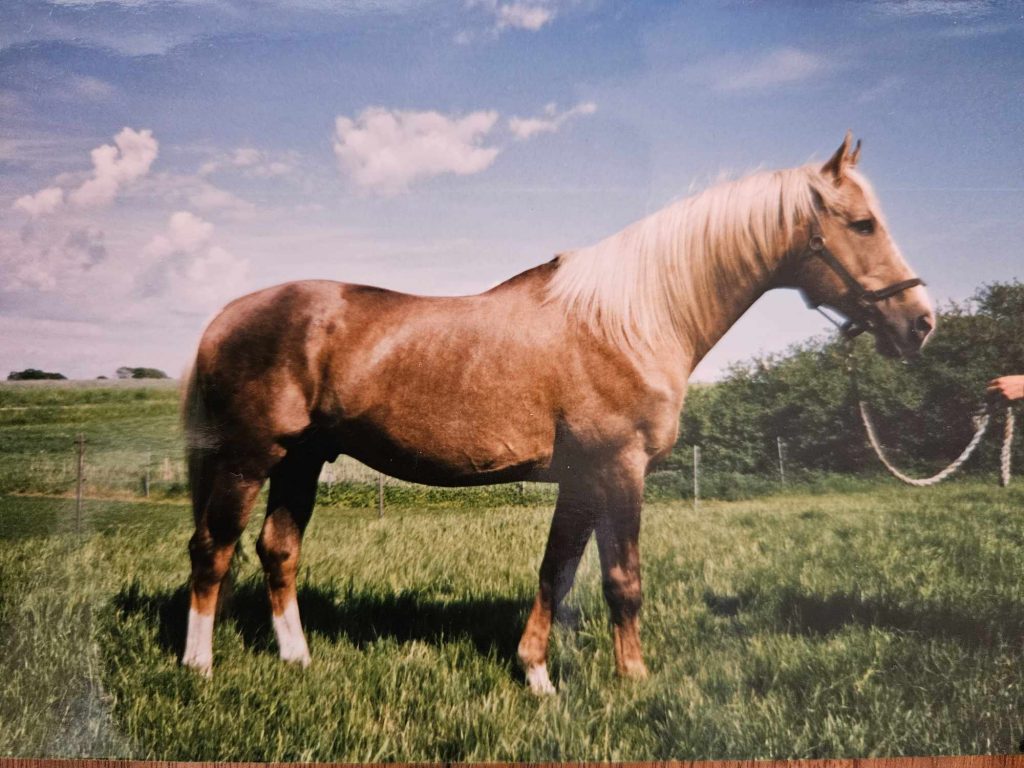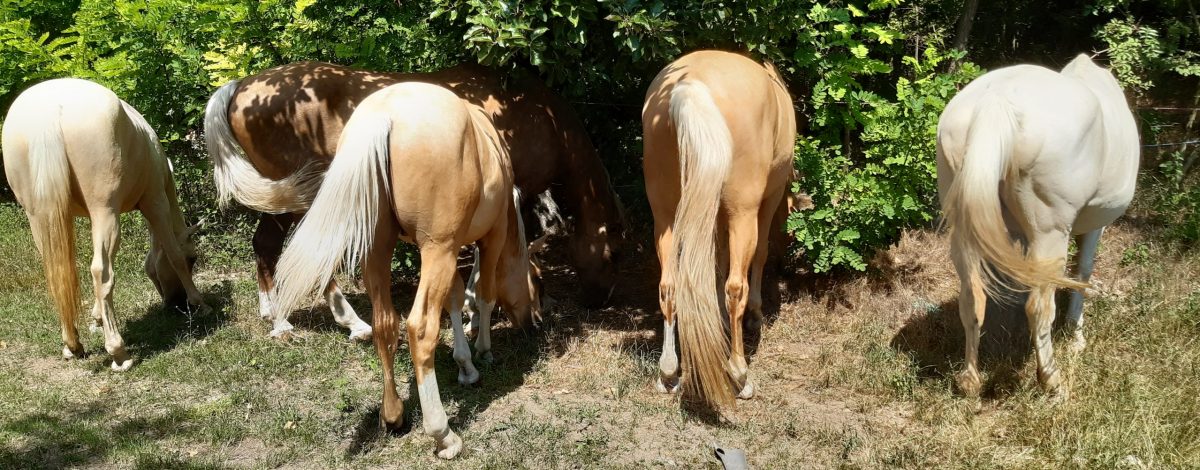Why Is It So Expensive to Breed SWB Horses in Sweden?
Last week, I wrote about how many people long for the classic SWB horse – a versatile horse that everyone can enjoy, regardless of ambition level. I received a lot of responses confirming that this sentiment is widely shared, but also that the old type of SWB horse was just as costly to produce as today’s sport-focused SWBs.
Today, I’d like to ask a new question: Why is it so expensive to breed Swedish Warmbloods, and is there anything we can do about it?
Many horses are bred in Sweden, so why does breeding an SWB cost more compared to, say, a Nordsvensk? Let’s start with the basics: feed.
Does an SWB really eat that much more than a Nordsvensk? Does it require more minerals, supplements, or concentrated feed that drive up the costs? Are hoof trims more expensive for an SWB than for a Nordsvensk? I don’t think so.
Does an SWB need a bigger stall, more expensive box, or specially designed paddock? Is veterinary care more costly for an SWB, or is it at greater risk for injuries? Does it need more frequent vaccinations or special care that makes upkeep pricier? And how about insurance – is it more expensive to insure an SWB than other breeds, and if so, why?
Now, we’re getting closer to one factor that may indeed drive up the cost: breeding stock. Is it more expensive to buy a broodmare for SWB breeding than for other breeds? What is the difference in cost between breeding an SWB and a Nordsvensk?
One significant factor that could be driving up the costs of SWB breeding is that many breeders now use artificial insemination for warmbloods. As one person mentioned, you can’t just take the mare over to a neighboring stallion anymore. Today, you’re paying for insemination services, veterinarians, and multiple trips with the mare back and forth.
But why is an SWB stallion so expensive? Nordsvensk stallions also go through thorough inspections to be approved for breeding; they’re judged with strict criteria and must show good qualities to be approved. Is it just snobbery, or is there really a difference – or is it simply that different types of people own and breed these horses?
These are questions I’ve thought about since I bought my first warmblood. And you don’t even need to compare them to Nordsvensks – you could also look at the prices for Thoroughbreds. Added to this is the high cost of getting a horse trained under saddle, as another person pointed out. Of course, you could sell the horse before it’s started under saddle, or perhaps train it yourself, but there’s no denying that the cost of a basic education can be high.
I understand that horses competing at high levels come at a premium, but here, we’re only talking about the costs of basic breeding. An SWB is, after all, essentially a crossbred horse that’s been selectively bred over time to create a “breed.” Does that alone justify the price tag?
As I mentioned last time, I’ve been breeding horses myself for almost 40 years, primarily warmbloods. I had SWBs, Polish Warmbloods, Hungarian Warmbloods, and Danish Warmbloods in my breeding program, and they were similar in type to the SWB. I never had trouble selling them and received a reasonable price for the offspring, so it was possible to break even.
My way of keeping costs down was to keep the horses on a loose housing system, allowing them plenty of pasture time, making our own hay, and buying oats and barley from a local farmer. We also had our own stallion, and other breeders would bring mares to breed with him. We even received EU subsidies for the grazing land.
I know that costs have gone up, but so have horse prices, so why do so few breeders today seem able to make ends meet?
These are just my reflections – I’m not pointing fingers at anyone. No one is forced to breed horses; if you feel it’s a losing proposition and not worth the investment, you can simply stop.
I’m curious to see if I’ll get any responses because this is still a mystery to me!
On the picture you see my SWB stallion Mackay 1979-2007 . I was breeding on him for many years.


